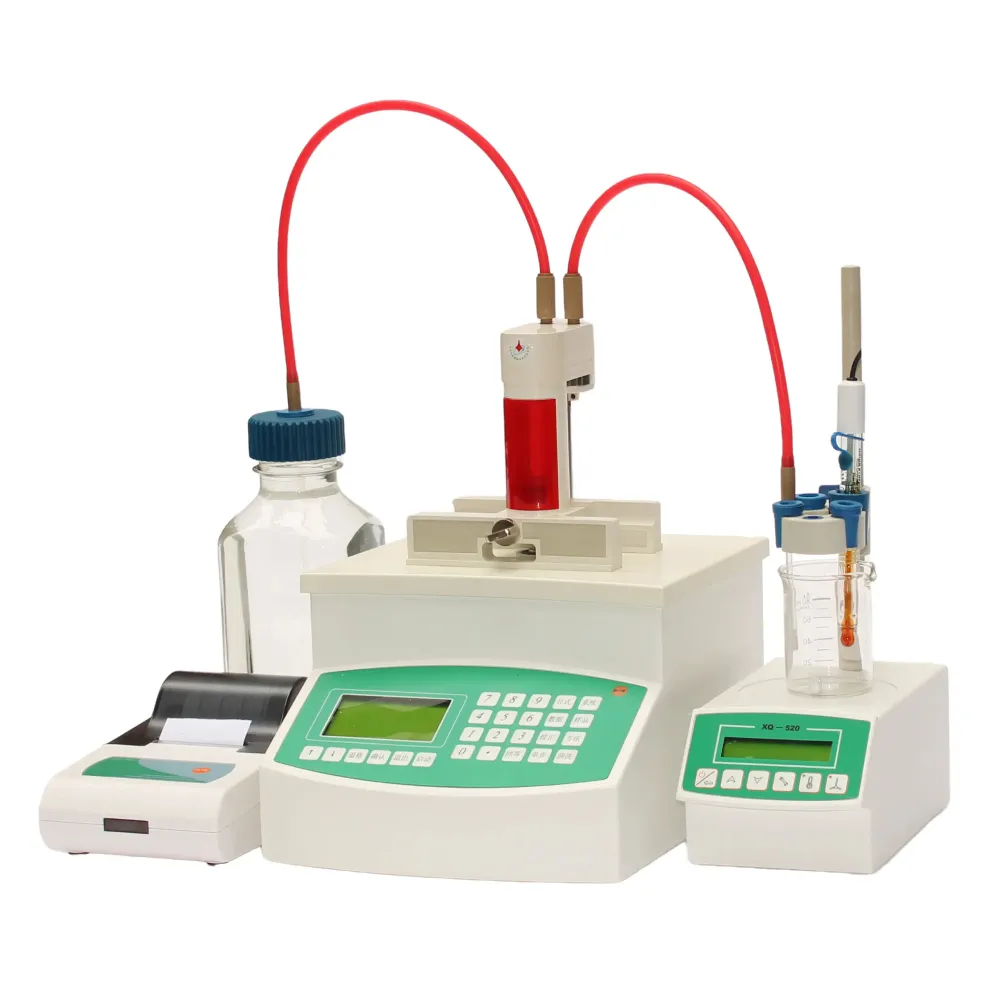 English
English


Equipment for Testing Battery Impedance and Analyzing Performance Metrics in Energy Storage Systems
Understanding Battery Impedance Test Equipment A Key Component in Battery Maintenance
As advanced technology continues to shape the energy storage landscape, understanding the health and performance of batteries has become paramount. One of the most effective methods for assessing battery health is through impedance testing, and this requires specialized battery impedance test equipment.
What is Battery Impedance Testing?
Battery impedance testing measures the internal resistance of a battery, providing insights into its health status and performance capabilities. This method is essential for both lead-acid batteries and lithium-ion batteries, as it helps predict battery failure, optimize performance, and extend battery life. Impedance testing can reveal issues such as sulfation in lead-acid batteries or internal shorts in lithium-ion batteries before they lead to catastrophic failure.
The Importance of Battery Impedance Test Equipment
Battery impedance test equipment is designed to apply a small alternating current (AC) signal to a battery and measure the resulting voltage response. This data allows technicians to calculate the battery's impedance, which changes over time due to factors such as age, temperature, and charge cycles. Regular impedance testing can identify performance degradation early, allowing for timely maintenance or replacement.
Types of Battery Impedance Test Equipment
Various types of battery impedance test equipment are available, each suited for different applications. Portable impedance analyzers are often used in fieldwork, providing instant results while keeping the equipment's footprint small. Bench-top models offer more advanced features and higher precision, making them suitable for laboratory settings or fixed installations.
Advanced equipment may integrate features such as data logging, which allows for historical analysis and trend monitoring over time. Some devices also include software that generates reports, offering insights into battery performance and maintenance recommendations.
battery impedance test equipment

Factors to Consider When Choosing Equipment
When selecting battery impedance test equipment, several factors should be taken into account
1. Battery Type Compatibility Ensure the equipment is compatible with the specific types of batteries being tested, whether they are lead-acid, lithium-ion, or other chemistries.
2. Accuracy and Range Look for equipment with high accuracy and a wide range of measurement capabilities to accommodate various battery sizes and conditions.
3. Ease of Use User-friendly interfaces and clear displays can enhance efficiency, especially in field operations.
4. Portability Depending on the application, portability might be a crucial factor. Portable testers offer the advantage of being usable in various environments.
5. Data Analysis Features Advanced features for data logging and analysis can significantly improve maintenance strategies and predict potential issues.
Conclusion
Battery impedance test equipment plays a crucial role in maintaining battery health and performance. By regularly conducting impedance tests, users can proactively manage their battery systems, reducing unexpected failures and extending the longevity of their energy storage solutions. As battery technology evolves, the importance of sophisticated testing equipment will only increase, making it crucial for technicians and engineers to stay informed about the latest advancements in impedance testing.
-
Differences between open cup flash point tester and closed cup flash point testerNewsOct.31,2024
-
The Reliable Load Tap ChangerNewsOct.23,2024
-
The Essential Guide to Hipot TestersNewsOct.23,2024
-
The Digital Insulation TesterNewsOct.23,2024
-
The Best Earth Loop Impedance Tester for SaleNewsOct.23,2024
-
Tan Delta Tester--The Essential Tool for Electrical Insulation TestingNewsOct.23,2024





